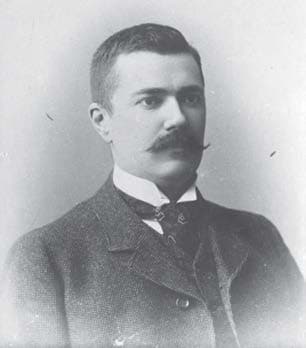Don’t Forget VWD This Month!
I’m in Egypt on vacation, and to visit Tamer Hanna, a very special hemophilia patient, and one couple in the group of tourists I am with mentioned they have visited the Äland Islands in Finland. My ears picked up; that’s where VWD was discovered! It was a great opportunity to educate them about the most common inherited bleeding disorder.
March is Bleeding Disorder Awareness Month, and I think it’s a great time to remember those with the most common inherited bleeding disorder in the world.
When did this bleeding disorder get identified?

Von Willebrand Disease was named after the doctor who first identified it: Dr. Erik Adolf von Willebrand, a Finnish physician who first described VWD in 1926. He had been studying an unusual bleeding disorder in the local communities, called Älandic hemorrhagic disease.
In 1925, while in Helsinki, Dr. von Willebrand evaluated a five-year-old girl named Hjördis. She lived on the remote island in the Baltic Sea, between Sweden and Finland.
Hjördis was bleeding excessively from her lip following an injury. She had a history of nosebleeds and bleeding following tooth extraction. She was one of 12 children, 10 of whom showed bleeding symptoms. Sadly, four of her siblings died of uncontrollable bleeding between the ages of two and four. Hjördis herself later bled to death during her fourth menstrual period.
When Dr. von Willebrand discovered that 23 of 66 family members (16 females and 7 males) also had bleeding problems. The history of the original Finnish family has now been traced back to 1750! Over 1,000 members, with 125 known to be affected, and 12 who died from bleeding.
Dr. von Willebrand concluded that this was a previously unknown type of hemophilia, characterized by prolonged bleeding time and mucocutaneous bleeding. The disorder affected both males and females. Dr. von Willebrand called this new disorder “pseudohemophilia.” But because he believed platelets were involved, he later renamed the disorder “constitutional thrombopathy.” In 1928, four American doctors described a similar disorder, but it wasn’t until decades later that the actual blood-clotting protein involved was identified. The protein—von Willebrand factor (VWF)—and the disorder were named after the doctor who first described the unusual symptoms.
It’s estimated that VWD affects up to 1% of the world’s population, which dropped the jaws of my fellow tourists. Overlooked for too long in favor of focusing on hemophilia, I think VWD is now getting the recognition, and help, it deserves. But women in countries like Egypt still suffer and need education and medication. We can all help with that!
Visit the World Federation of Hemophilia and Save One Life to learn more.
Excerpted from A Guide to Living with von Willebrand Disease by Laureen A. Kelley and Paul Clement.

